Linzhen Huang is an embroidery artist who based in Suzhou, the birthplace of Su embroidery which is one of the oldest embroidery techniques in the world. She has learned and practised Su embroidery since she was a kid, and has studied at Tsinghua University and Suzhou Art & Design Technology Institute to develop new territories of art that can be incorporate with this ancient technique.
We visited Huang's exhibition space at No.104 Qimen Road, Suzhou, where a wide range of themed embroidery work is presented. She introduced to us the main categories of her Su embroidery pieces.
‘Even embroidery’ is the most traditional Su embroidery style that consists of neat, parallel stitches. Every stitch is arranged carefully and tightly, using extra fine silk threads. Huang said: ‘If you miss one stitch, the whole piece is spoiled.’

Twelve Beauties, Linzhen Huang
‘Random embroidery’ is developed by Shouyu Yang in the 1930s, integrating western painting techniques into Su embroidery. The stitches are no longer parallel, instead, they are crossed and layered from different angles, bringing more expressiveness to the subjects.
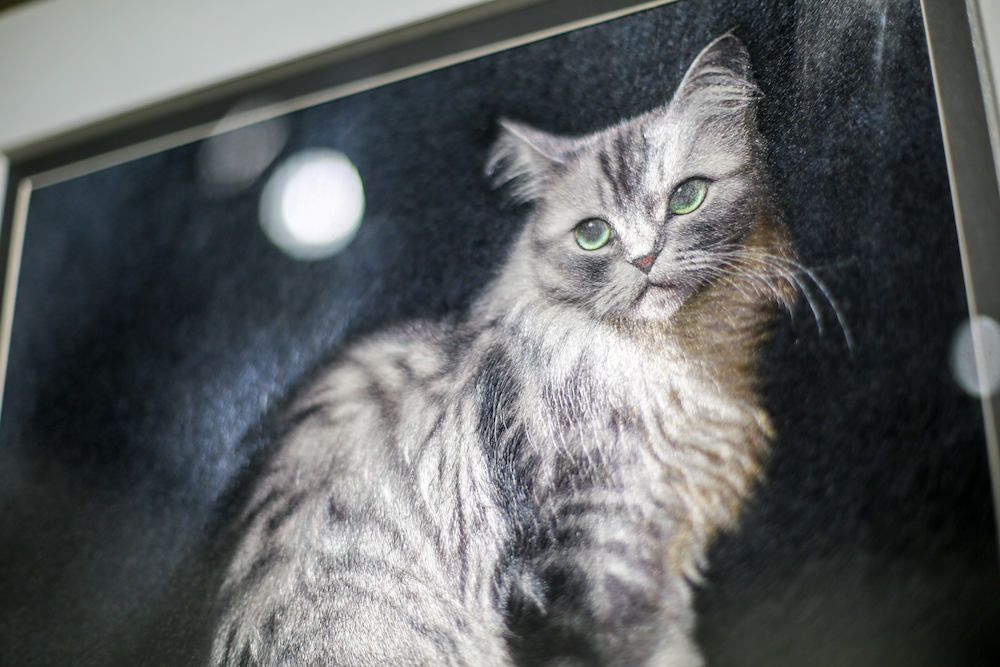
Cat, Linzhen Huang
Linzhen has developed an even more ‘random’ stitch method based on ‘random embroidery’. This style works very well with themes like Chinese ink-and-wash painting and Western oil painting. This embroidery of Monet’s ‘The Water Lily Pond’ used over a thousand different colours of threads, which is extremely difficult to make.
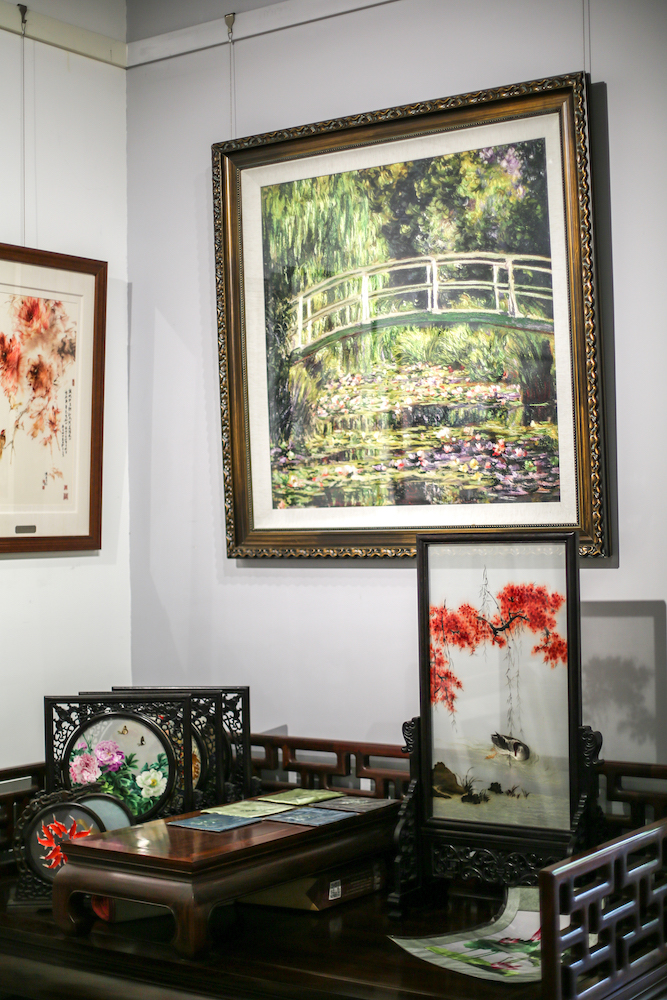
Waterlilies, Linzhen Huang
In 2014, Linzhen Huang was introduced to London-based photographer Tim Flach and began her first embroidery work collaborating with the contemporary artist. The outcome was remarkable. Huang’s embroidery piece and Flach’s photography were shown together in China Design Centre in 2015. They were almost identical from afar, but if taking a closer look, the silk threads in the embroidery piece were reflecting the light, making the horses even more lifelike. Huang explained: ‘because Su embroidery has right and wrong sides, I can create the “lighting” effect by arranging the stitches.’

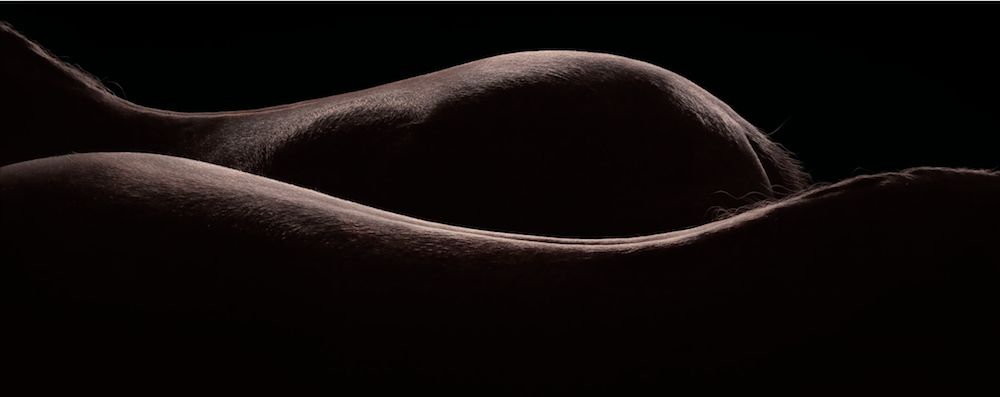
Above: Horseback, Linzhen Huang; Below: Equus, Tim Flach
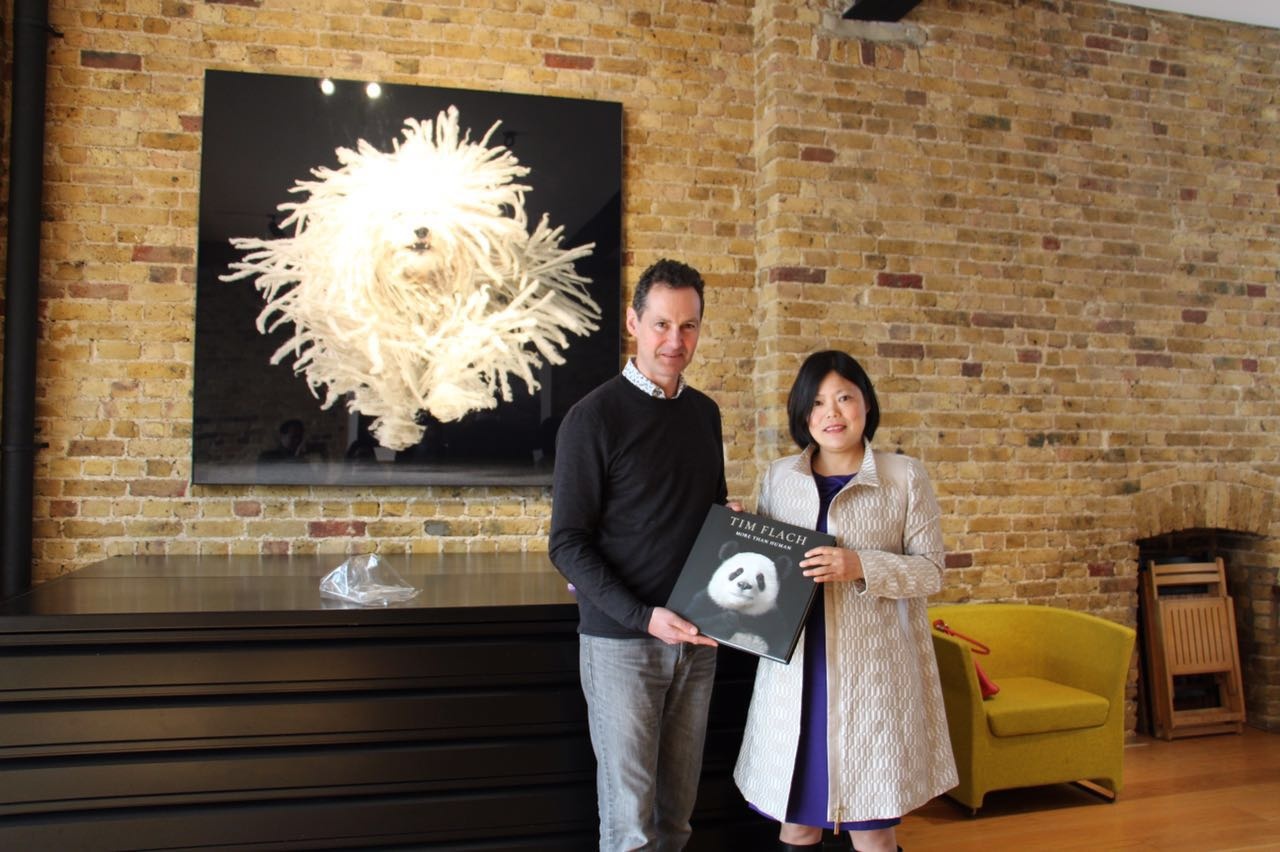
Flach and Huang in London
The second collaboration between Huang and Flach resulted in a ‘giant panda’. Huang spent a whole year to finish this piece. There is a bold innovation in this embroidery masterpiece. Conventionally, in Su embroidery, the whole motif needs to be filled with layered stitches. For instance, the shade of the panda will need to be stitched with black threads; however, Huang left the shade being expressed by the ‘canvas’, black silk satin, itself.
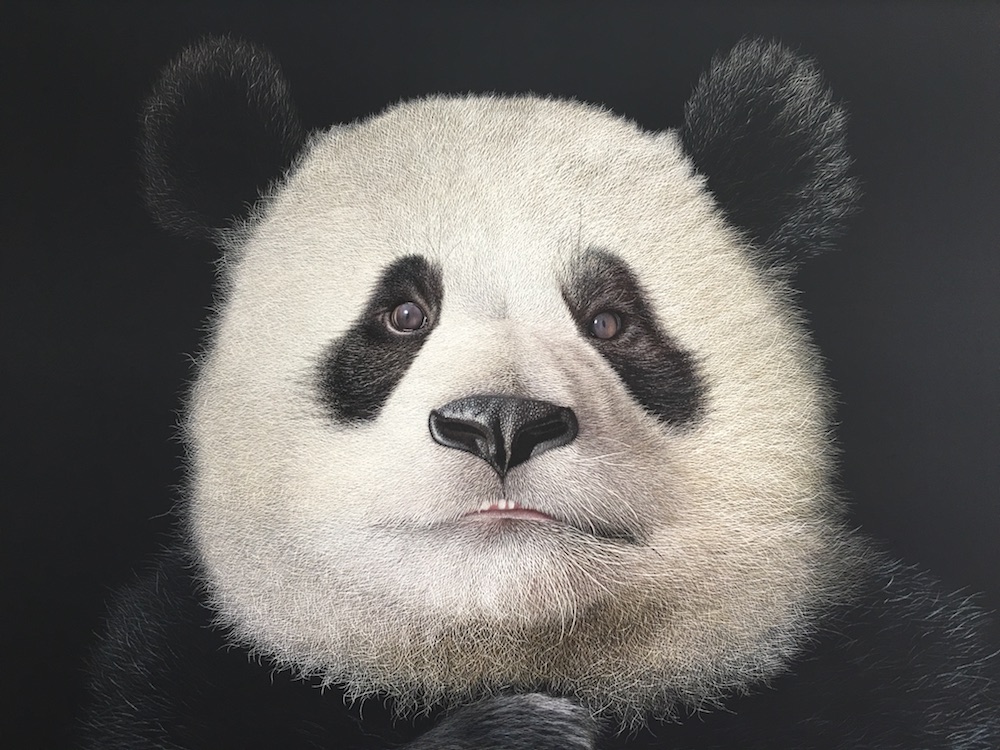
Panda, Linzhen Huang
Huang said this new technique is very tricky to handle, ‘You have to do it cleverly. The stitch must end just at the right point, nothing more or less than that.’ Again, the silk threads are reflecting the light, exactly at where it is supposed to be the highlight, making the panda almost like three-dimensional.
In addition, ‘Panda’ uses a greater range of silk thread than the traditional Su embroidery: thread sized from 1 to 1/16. The fineness of thread and the stitch change randomly according to the form; a piece of panda hair normally consists of 6 to 7 stitches. Although the panda seems to be black and white, Huang uses many more colours to finish this piece: three types of white, different shades of grey, yellow, blue and pink. ‘Doing embroidery is like painting with silk thread,’ Huang explained, ‘Instead of mixing the paints, you mix different colours of thread to achieve the final result. Choosing the right thread to work with is very time-consuming.’
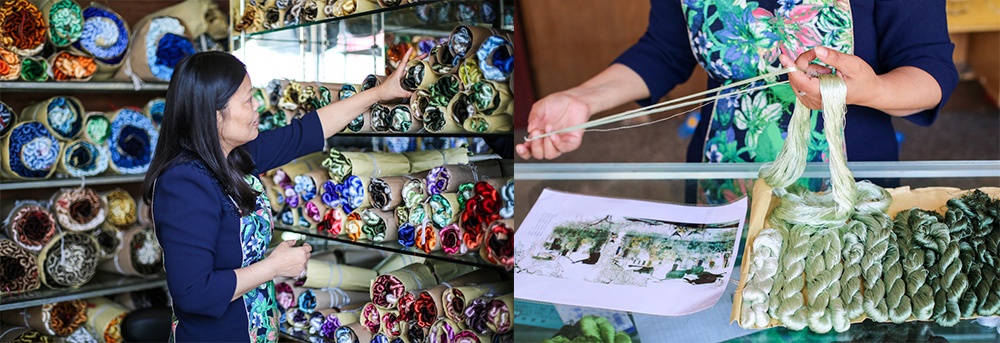
Speaking of the main inspiration for her work now, Huang said that she focused on three themes: contemporary art like ‘Panda’, ‘Horseback’; super-realistic Gongbi style Chinese painting using meticulous technique; paintings by the ‘Four Masters of the Ming dynasty’, who have lived and worked in Suzhou area around 500 years ago. Huang is particularly interested in the last series, collecting high-quality copies from various museums. She said: ‘you need to understand the “rhythm” of the ink and water in Chinese painting to be able to do the embroidery well. Heavy or light, dry or wet, fast or slow, you play with the stitches like you will be doing with a brush and ink. I want to catch the spirit, not just the surface.’
It turns out that different people will have completely different outcomes when doing the same embroidery piece. If one embroider does the same piece a second time, it will also be different. ‘You can’t imagine how much brain work has gone into a piece of embroidery!’ Huang laughed. Such intricate handicraft, like Su embroidery, is inevitably affected by the rising of machinery. Nevertheless, Huang is still passionate about Su embroidery and will continue to perform the beauty and essence of Chinese paintings, as well as pushing the boundaries between the traditional and the modern art.
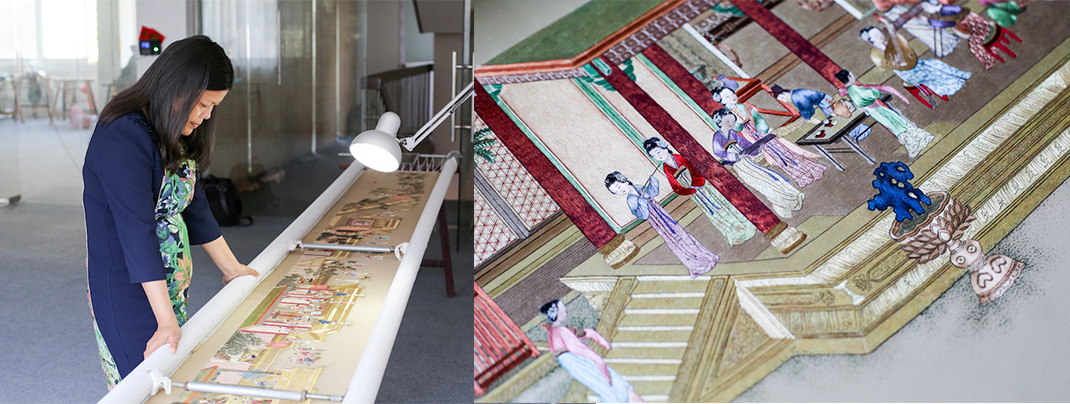
Huang in her studio in Zhenhu, Suzhou, looking at a long hand scroll of embroidery work finished in 5 years by four female embroiders. The work is based on ‘Han Palace in Spring’ by Shen Zhou, one of the Four Masters of the Ming.
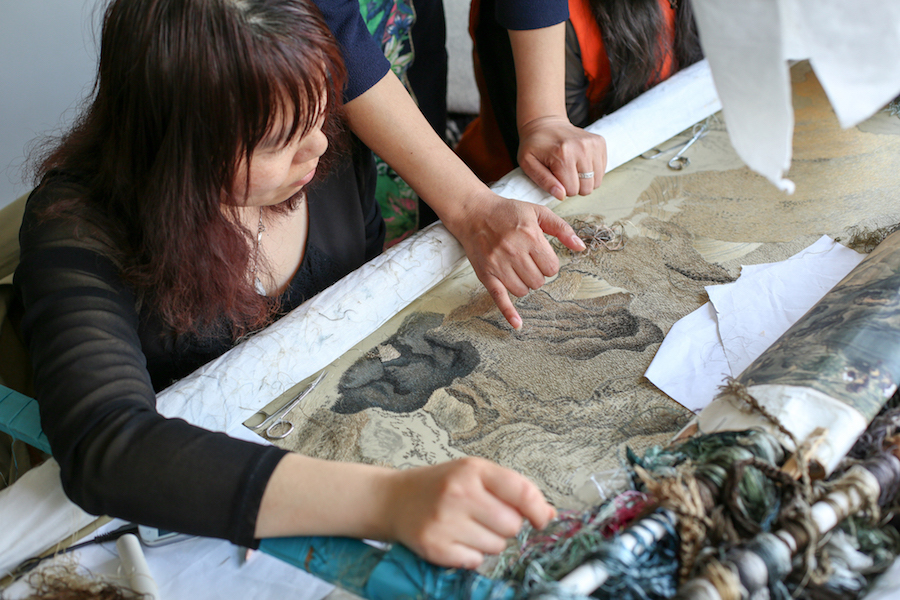
Huang is giving a tutorial to the embroiders working on a Ming painting.

Huang is demonstrating the technique of making a fine, realistic Chinese Gongbi painting. This part takes nearly a month to make with tiny stitches.
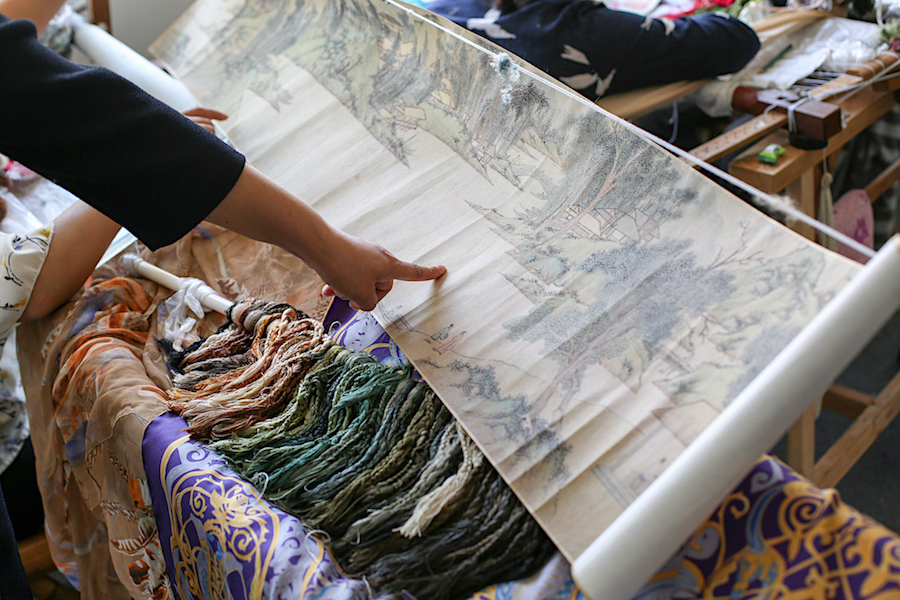
Photography: Yu Huang
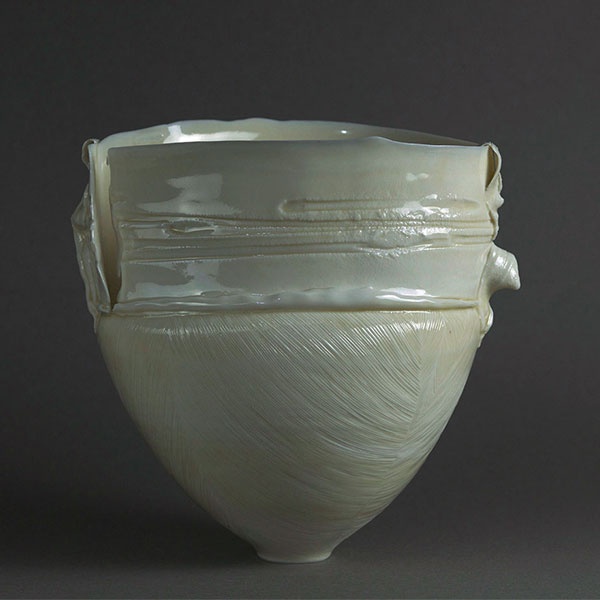
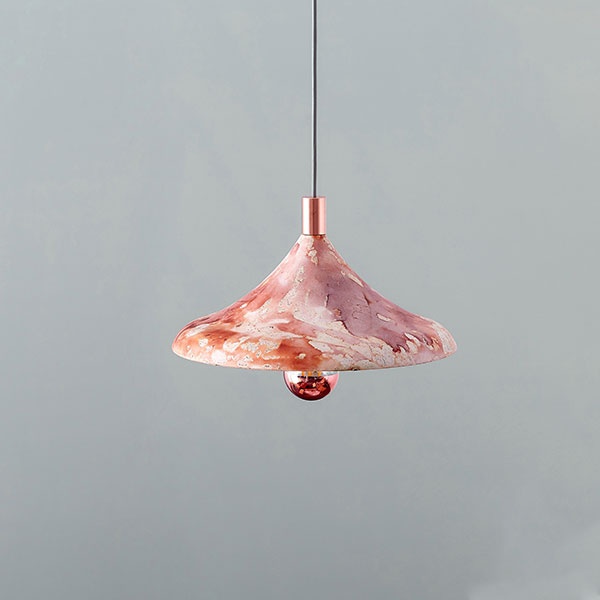
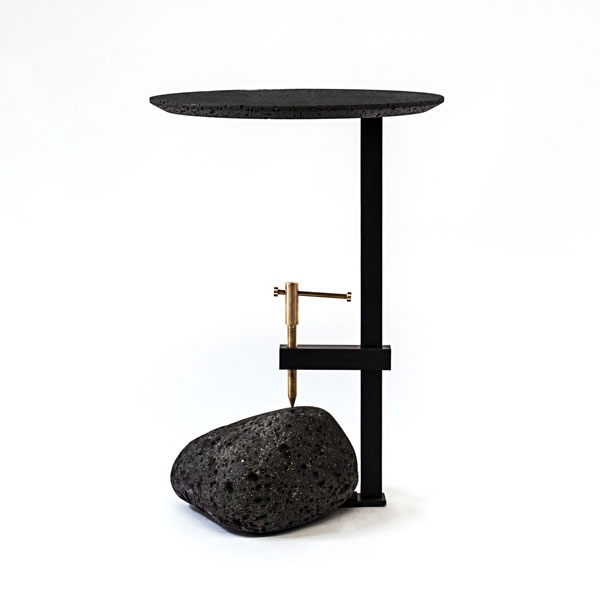
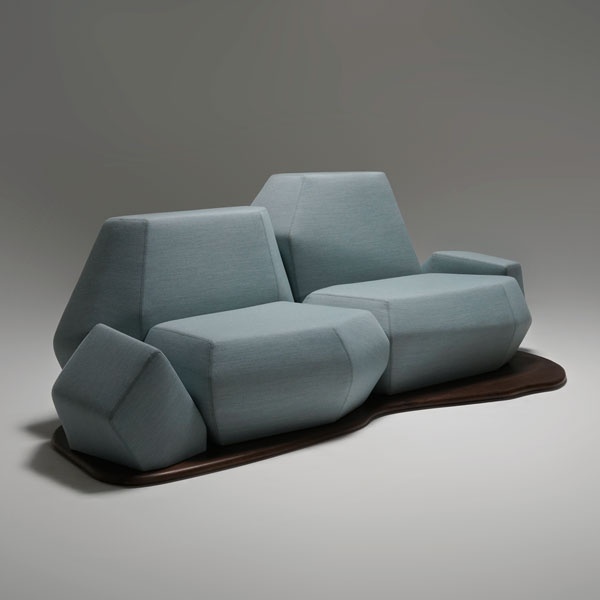
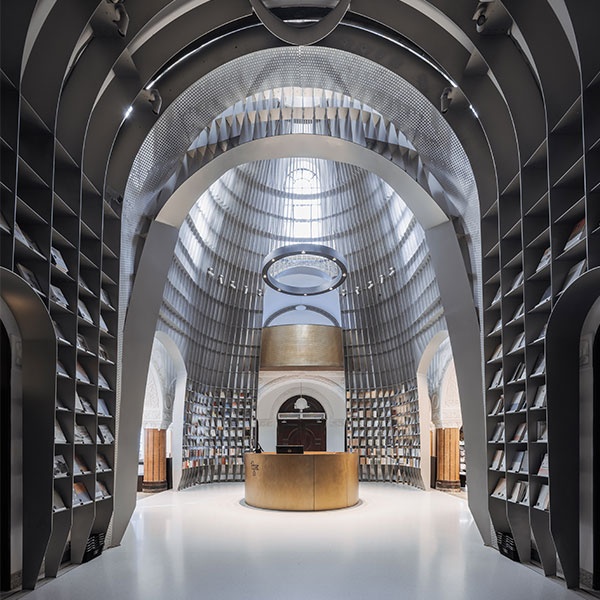
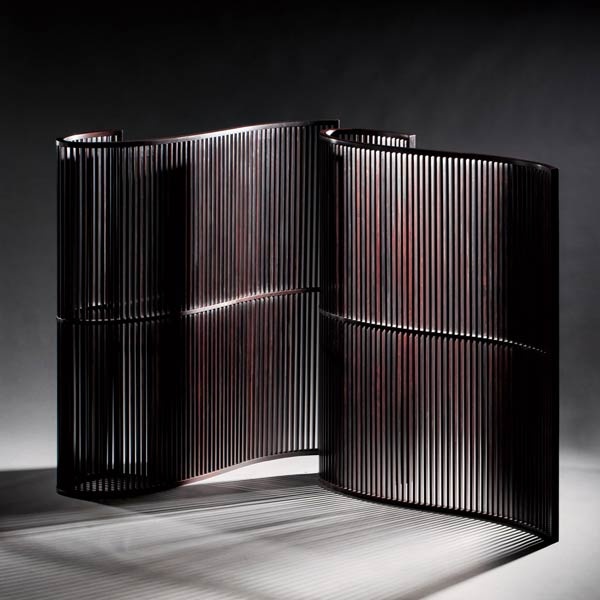
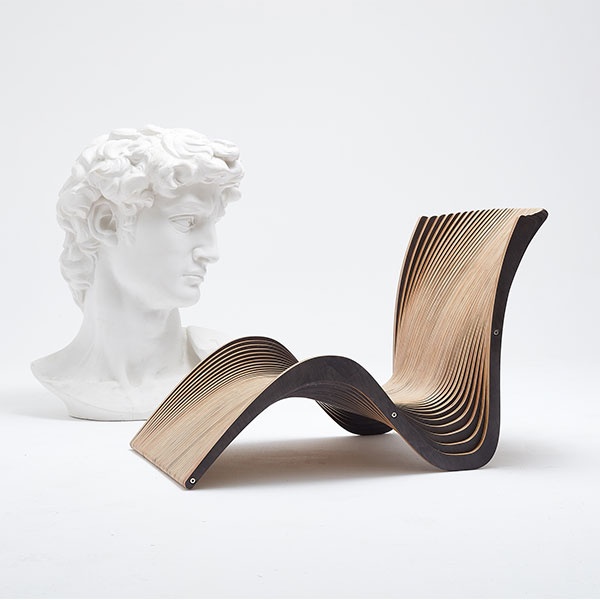
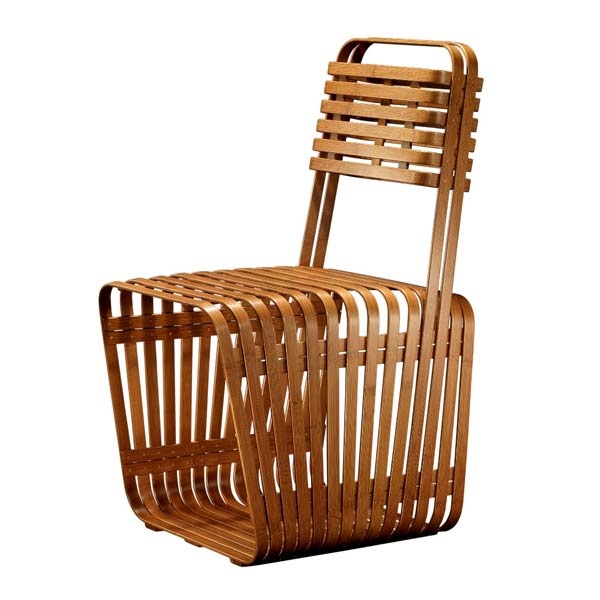

1 / 31
show thumbnailsnext picture previous picture start slideshow close lightbox